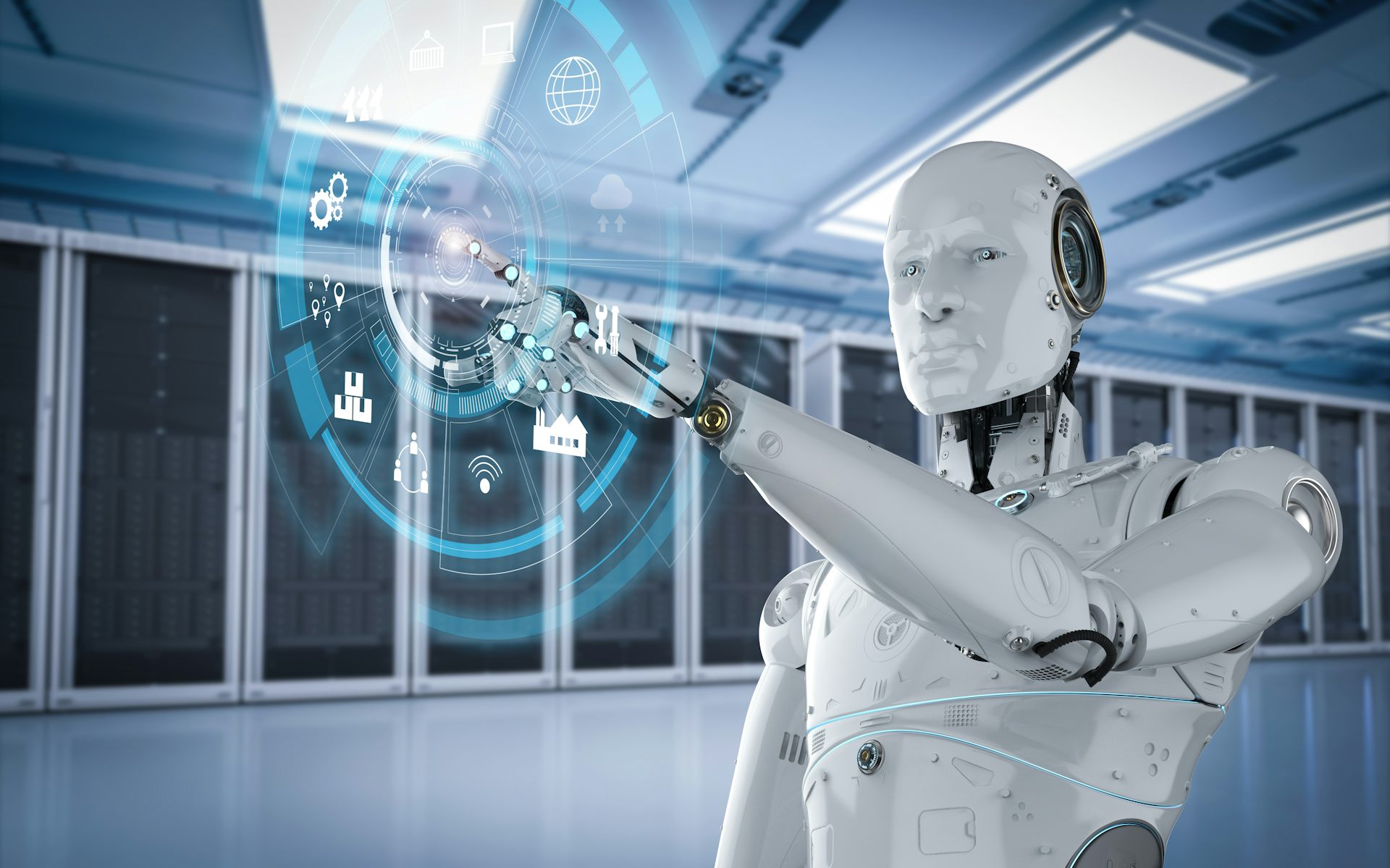
We then repeated the test at the end of the session. The outcome of these fairly simple exercises was mind-blowing on the one hand, and a devastating disappointment on the other.Īt the beginning of each session we did a small test - a simple task of picking up and putting down small balls. I did these exercises for 1.5 hours sessions, 2–3 times a week.

This mismatch generates an “error” state in the brain, which is often interpreted by the brain as a threat. These injuries lead to a mismatch between the old schema in the brain (which still mostly represent the body as it was before the trauma), and the nerve signals it’s getting (or expecting, but not getting). While it has the ability to morph and adapt to the natural physical changes that take place as we grow up, it is not capable of handling abrupt and unnatural changes caused by trauma.
Robotize me how to#
So how is all of that related to chronic pain?Īt the crux of it - the body schema doesn’t know how to recover from a severe trauma to the nervous system, such as paralysis or amputation. They are programming their brain.Ī fellow toddler working on his fine motor skills They learn to hold and place objects, eat, draw, dress up, write, use scissors, and many other “fine motor skills”. For the next few years, through constant practice, they enrich this representation, and acquire ever finer sensitivity and control. Gradually, they make the connection between these hovering objects, and something that is connected to them and that they can control. For example, they start noticing their hands as they wave them above their face, or when they touch things. But very early on, within the first few weeks of their life, they start developing it. Newborns have a fairly limited body schema. This is especially evident when observing the development of babies and toddlers. As these brain representations become bigger and richer in detail, we gain better sensitivity and control over the respective body part.

Our brain has the ability to grow and enrich these representations. One relatively recent (few decades) scientific discovery was that these areas in the body schema are not static. Our body also uses these representation to keep our balance, and to control complex movements. That’s how we know the exact position of our body parts in space, even without looking.

That area constantly communicates with its respective body part, using the nervous system, and uses that input to record the most up to date position, temperature, touch, and other sensory data. The body schema contains a dedicated area in the brain for each and every body part. The theory behind it is well established: our brains hold a “Body schema” - a detailed and up-to-date representation of our body. Instead, it was very similar to what we naturally do when we program our brain for the first time, during childhood. No, it did not involve connecting weird devices to my head.


 0 kommentar(er)
0 kommentar(er)
